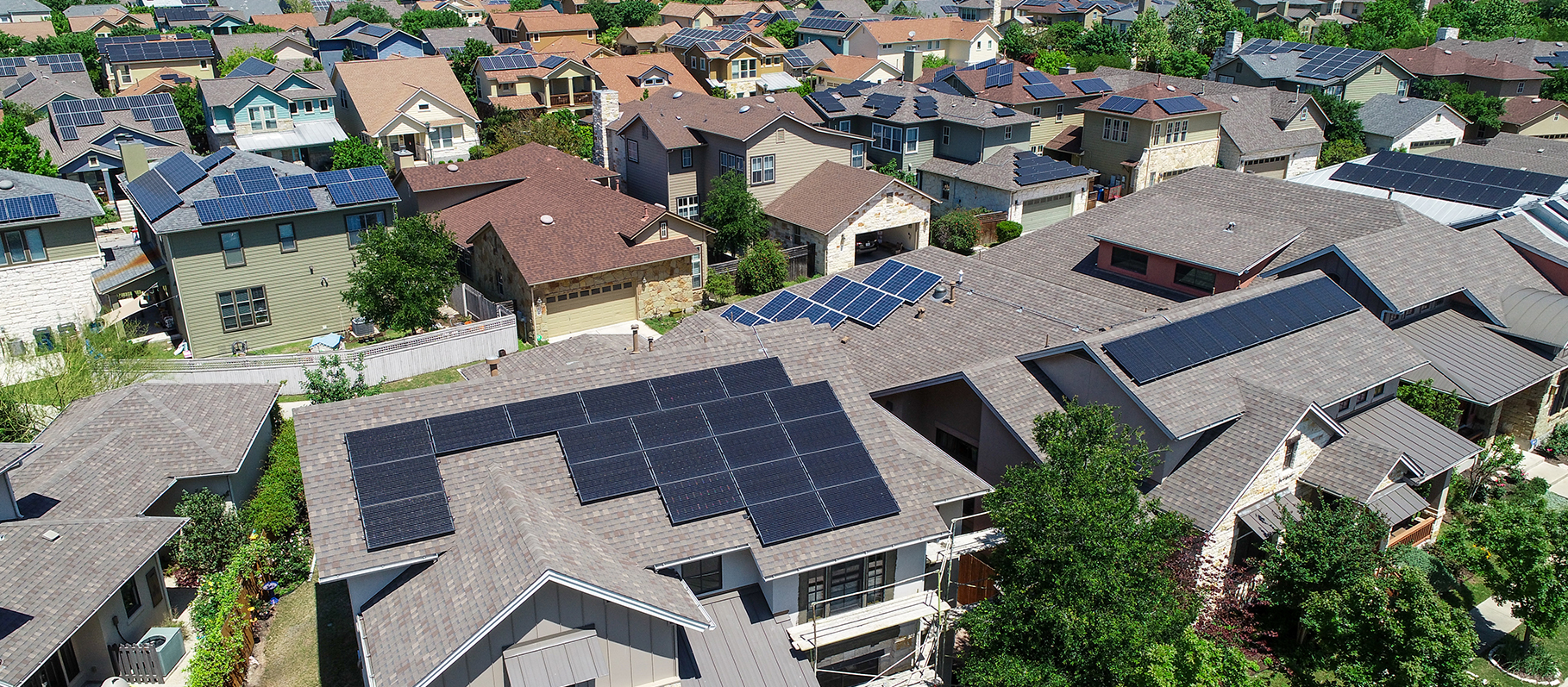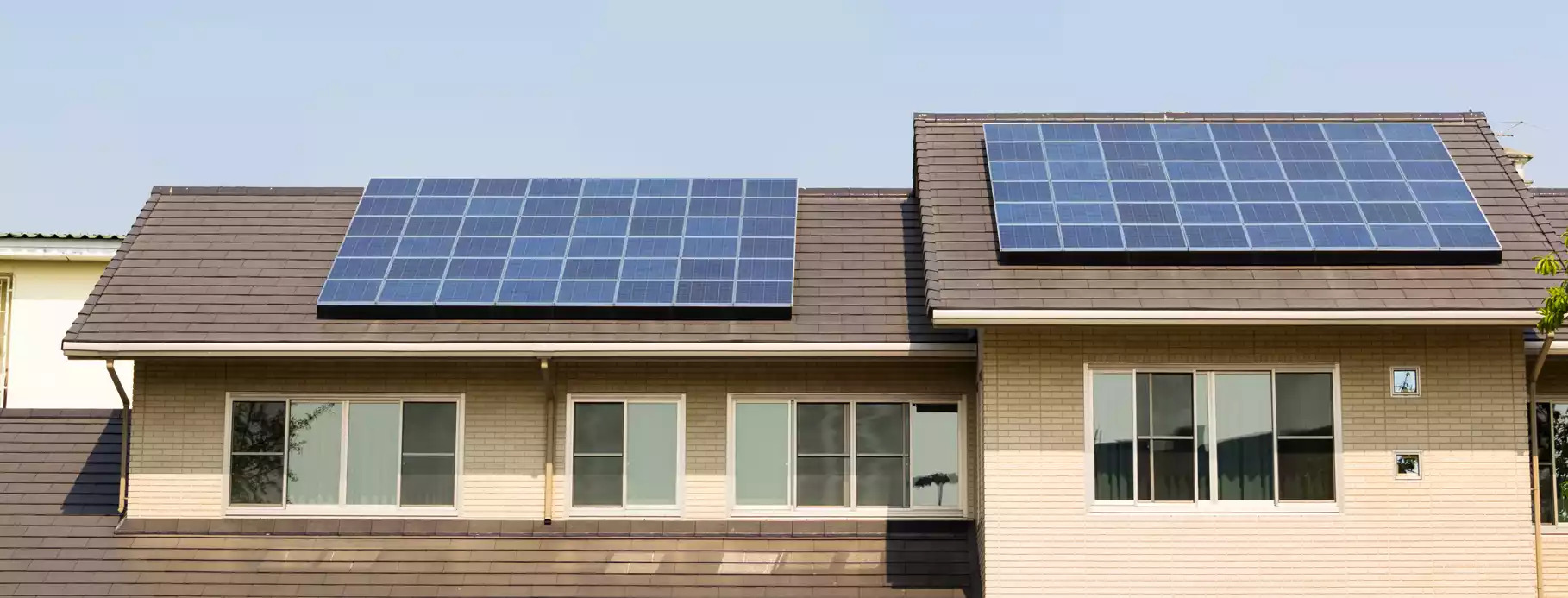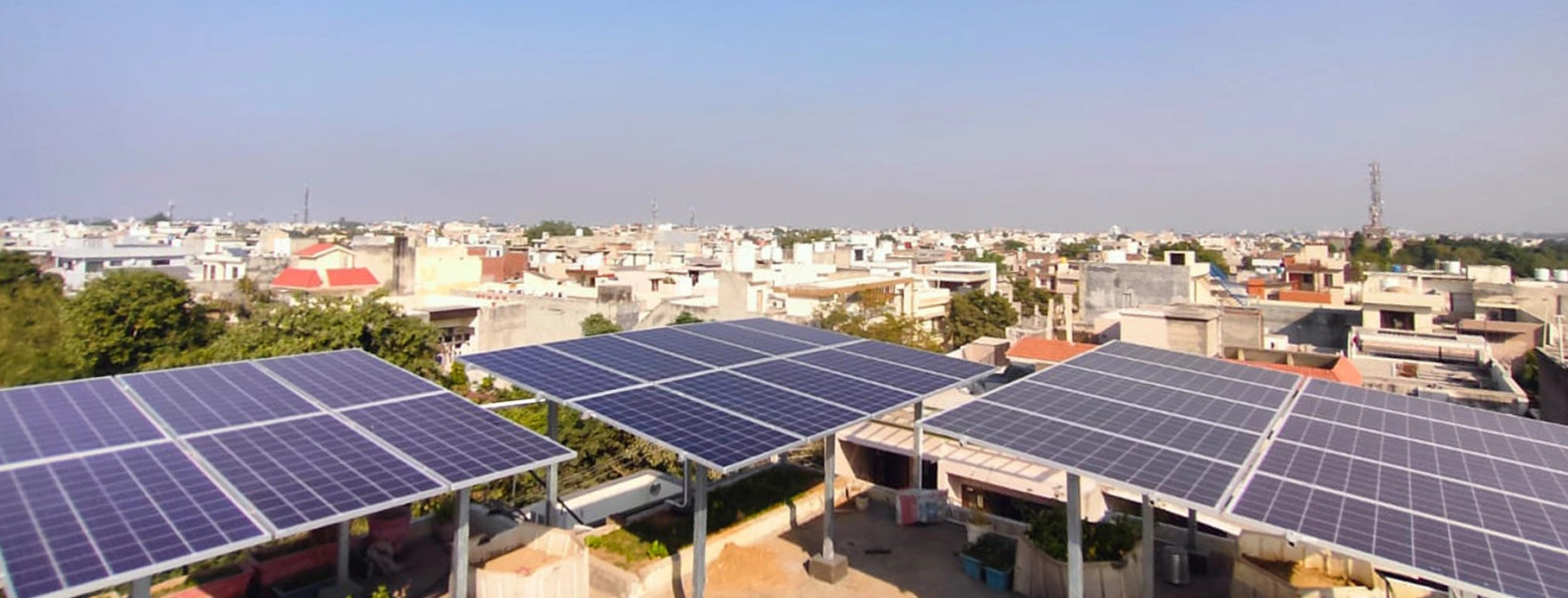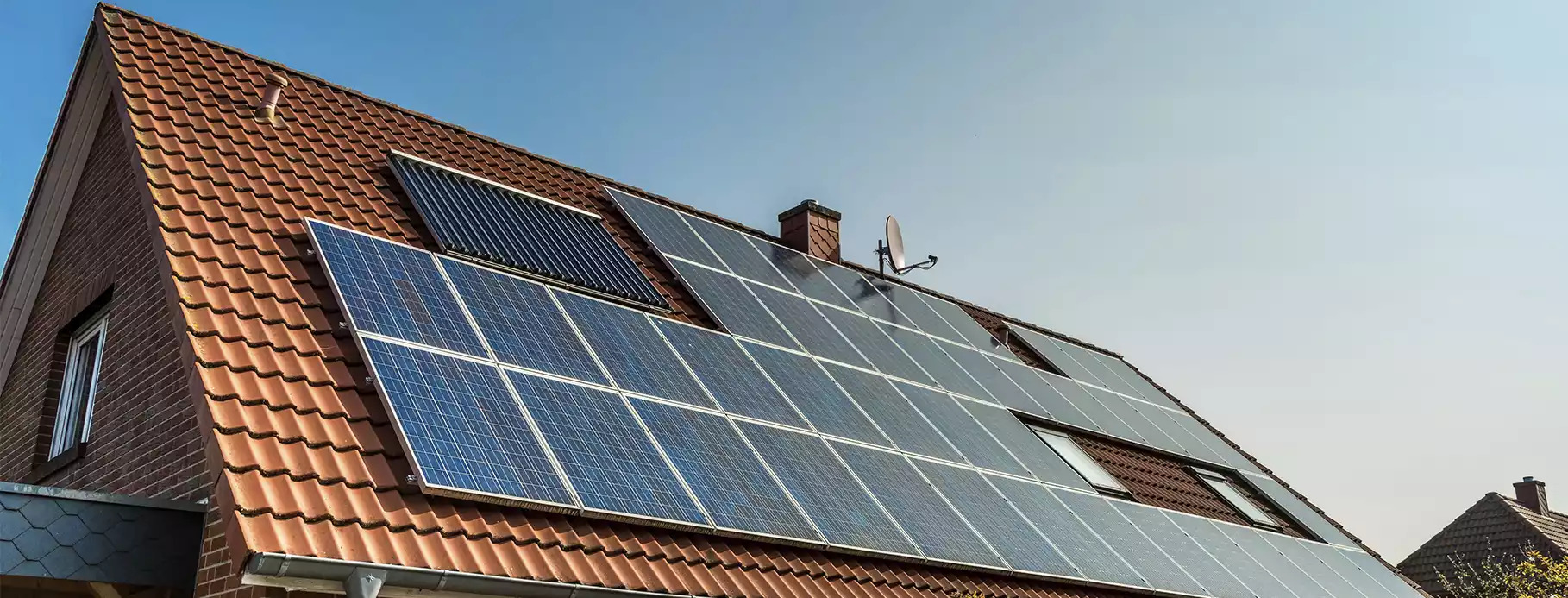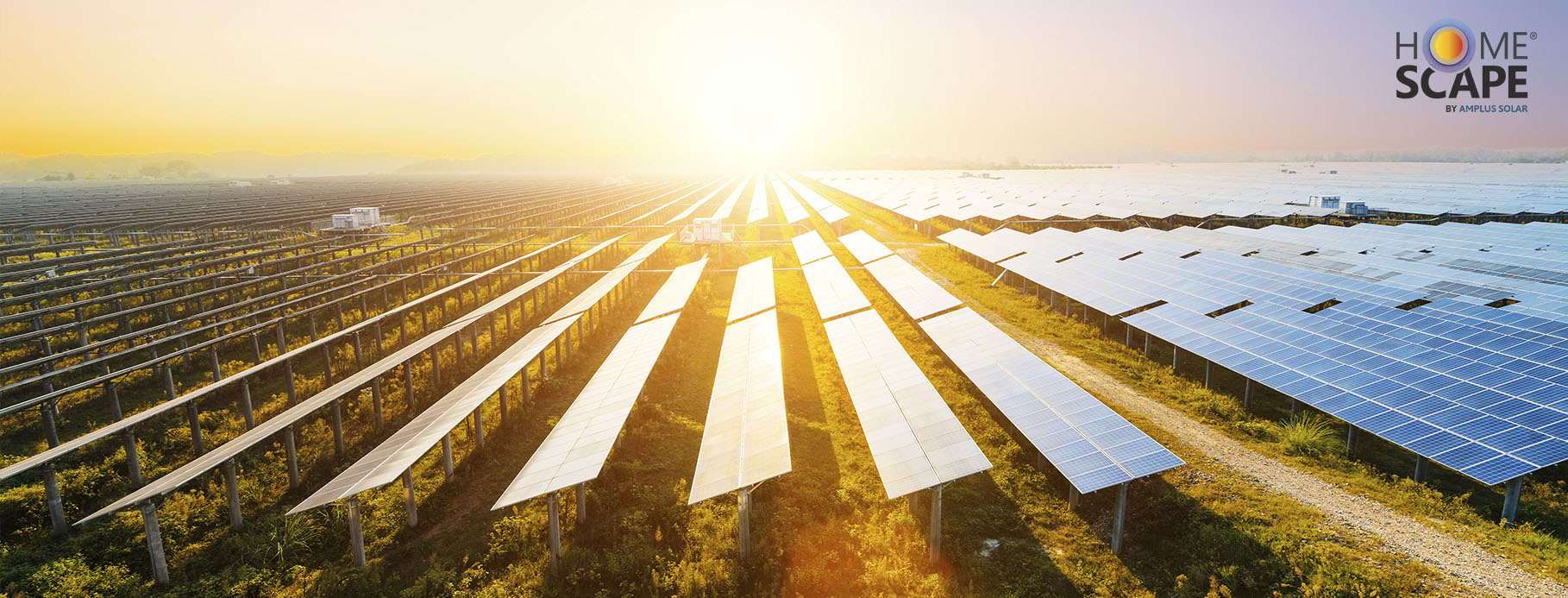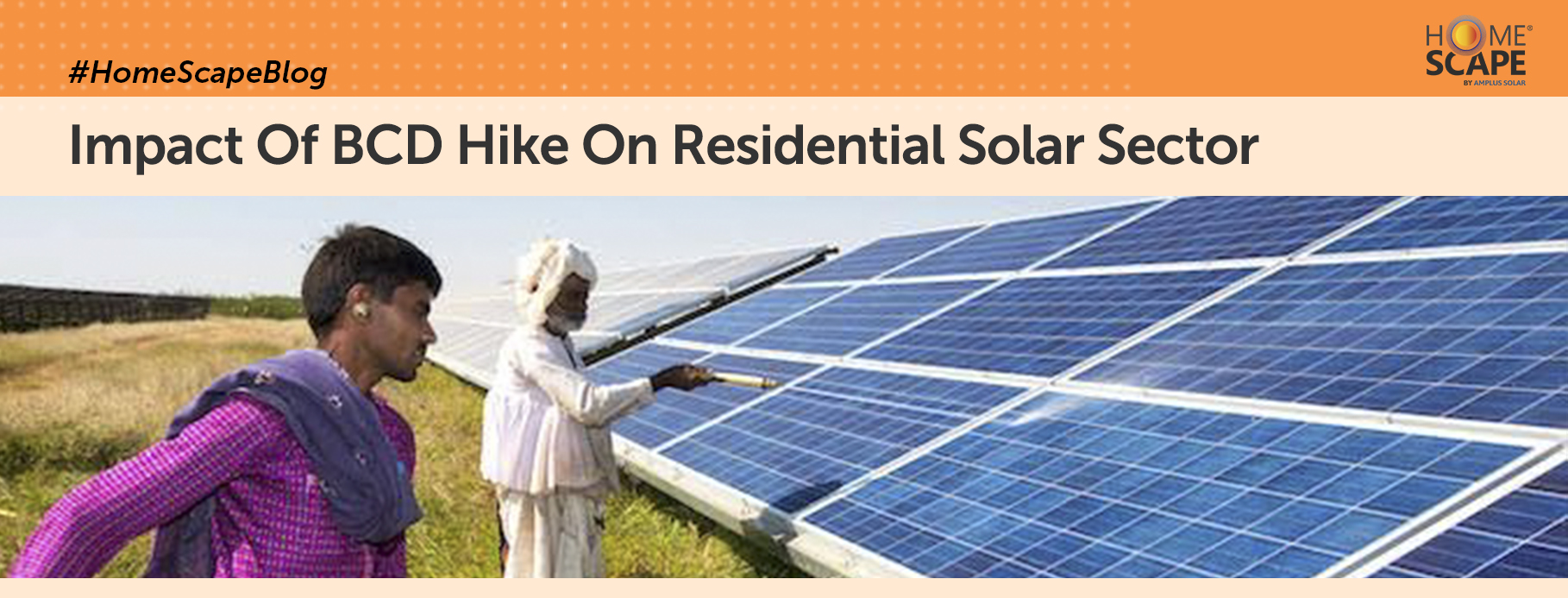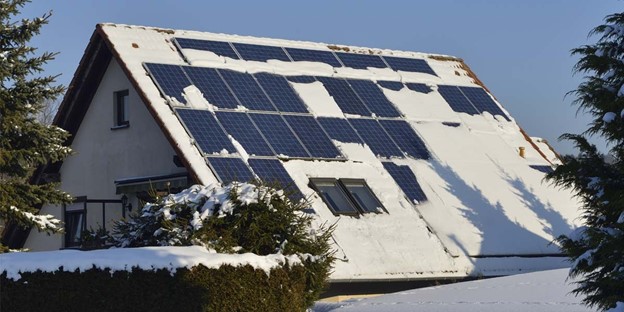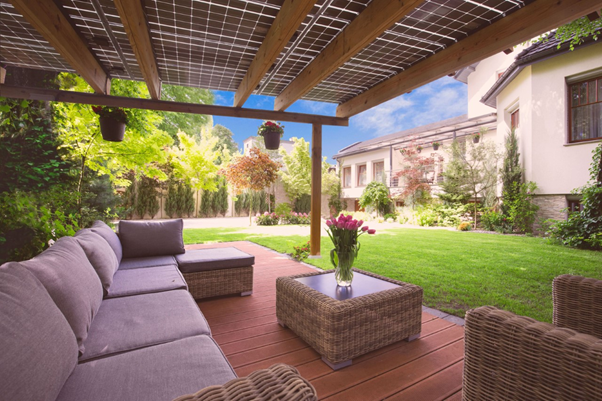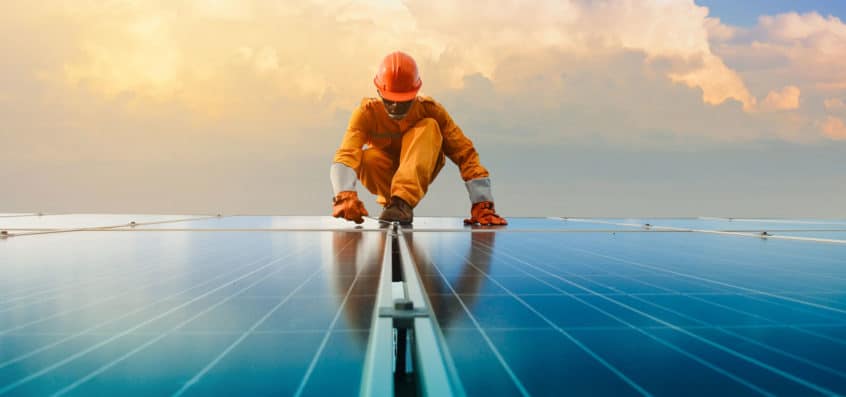Categories
21 June 2022
Benefits of Solar System for your Home
Electricity has become an indespensable part of our lives. We can’t imagine our life without it. A reliable electricity supply [...]
15 June 2022
All About Off-Grid Solar System Price, Benefits, Working and more
Households depend on many home appliances for a comfortable lifestyle. However, each one of these appliances puts a significant burden [...]
19 May 2022
Complete Guide About Rooftop Solar System for Home
Millions of homes in both urban and rural India have idle rooftops that receive plenty of sunlight during the day. [...]
05 May 2022
Home Solar System: A Complete Guide About Benefits, Price, Subsidy in India
Harness the solar power abundantly present around you with the best solar system for your home in India. Investing in [...]
20 April 2022
Take a Step Towards a Better Future with Home Solar
The government of India is promoting solar power as a cornerstone source of energy in the renewable energy mix on [...]
18 April 2022
How to Plan Solar Panel Installation for your Home
Getting rooftop solar system for your home is a smart investment to get practically free power for the system’s complete [...]
01 March 2022
Impact Of Basic Customs Duty Hike On Residential Solar
In response to a long-standing demand from India’s solar manufacturing sector, the Ministry of New & Renewable Energy (MNRE) will [...]
05 January 2022
How to Prepare Your Rooftop Solar Panel for Winters
Your home solar panel system can work efficiently even in cold and harsh winters. All it needs is a little [...]
08 October 2021
Best Practices To Get Maximum Power Generation From Your Home Solar Plant
Understanding the way solar panels work is crucial to getting the most out of your domestic solar system. Most people [...]
29 January 2021
Personal Guide to install solar at home: Part 5- Rooftop Solar Panel Installation, Warranty and Maintenance
In the previous parts of our blog series, we discussed about receiving your solar proposal, documentation and the types of [...]
